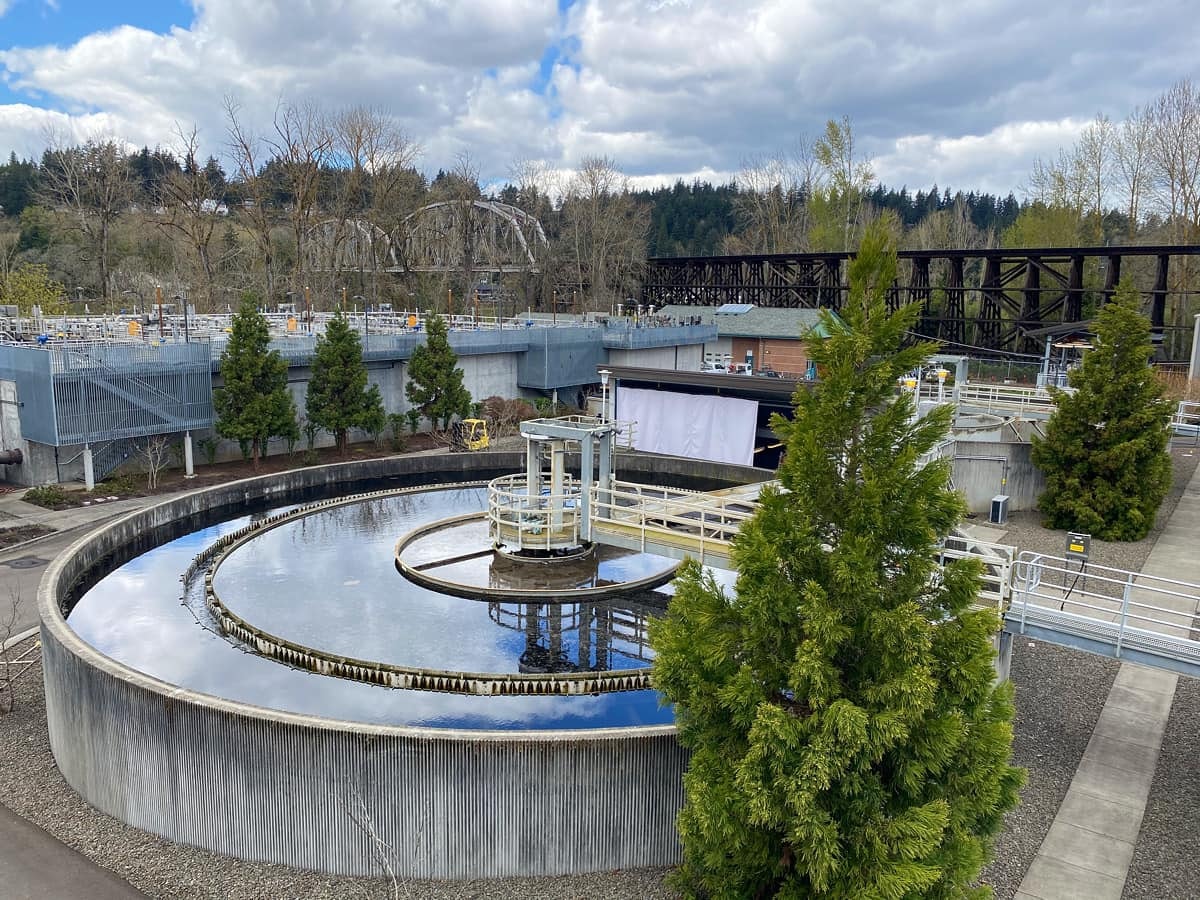Wastewater Improvement Project - FAQ
-
Why is this work needed? Why now?
The Trunk Main Capacity and Tertiary Treatment projects are necessary to stay in compliance with regulations set by the Oregon Department of Environmental Quality. Together, these projects will help our wastewater system perform to environmental standards.
-
What is the issue with the trunk main?
Currently, the trunk main can get overwhelmed when large flows of stormwater enter the sewer pipe in winter. Increasing the capacity to handle year round flows will reduce the risk of Sanitary Sewer Overflows into local waterways.
-
What treatment does the Water Reclamation Facility have now?
Each day, the Water Reclamation Facility cleans about 2.8 million gallons of wastewater collected from local homes and businesses. The Water Reclamation Facility uses primary and secondary treatment as well as disinfection to clean the wastewater before it is returned to the Willamette. To learn more about the existing treatment steps, take our virtual tour https://www.youtube.com/watch?v=kxgBqTjr97w&t=31s.
-
Why is more treatment needed?
The Department of Environmental Quality recently issued the District a new National Pollutant Discharge Elimination System (NPDES) permit with more stringent requirements when treating wastewater. NPDES permits help control water pollution by regulating point sources, like water reclamation facilities, that discharge pollutants into waterways. The District’s new NPDES permit, effective as of May 1, 2022, has stricter ‘Basin Standard’ requirements that the current treatment processes at the Water Reclamation Facility will not be able to meet year round.
-
What is tertiary treatment? How common is it?
Tertiary treatment is a third level of treatment that makes the wastewater cleaning process even more effective at removing bacteria, viruses, and inorganic materials before cleaned water is released to the environment. Nearly all similar facilities in the lower Willamette River Basin use this third level of treatment to help protect the health of our shared waterways.
-
How will community members be involved in decisions?
Each year, the District asks for public participation in the Budget Committee, which helps review the current budget and build the budget for the next fiscal year. The District is also engaging customers in an upcoming Community Conversation to share information about why these wastewater treatment improvement projects are needed and what they mean for customers.
-
How can I sign up for the Community Conversation?
Learn more at the District’s upcoming Community Conversation on Wastewater Treatment Improvements via Zoom on Thursday, June 9 at 6:00 pm. Registration is required to receive a link and password to attend the session. Register now: https://bit.ly/cc-june9The Community Conversation will also be recorded and shared on our website. If you are unable to attend and would like to receive a link to watch the recording, email the word “WASTEWATER” to alexa@olwsd.org.
-
How can customers stay informed?
Sign up to receive customer e-news and follow us on social media (Facebook, Twitter, and YouTube).

 Contact Us
Contact Us